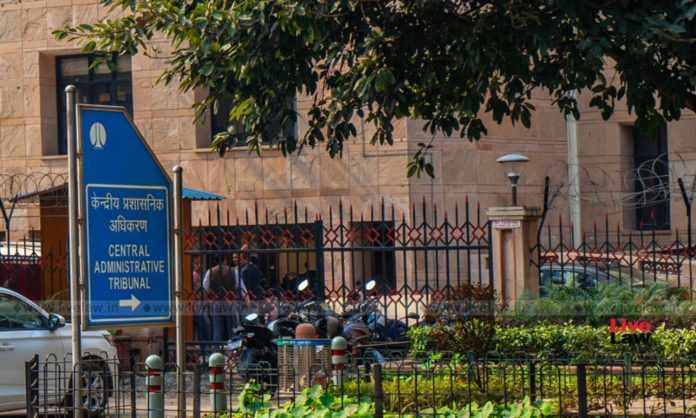- Every newspaper report invariably touches upon the subject matter more often than not since the judiciary at various levels as well as tribunals are perennially running short of attaining full sanctioned capacity. This shortfall has resulted in the adjudication process being delayed beyond an acceptable timeline leading to unmitigated legal challenges awaiting turns for years. This situation is far from ideal, not only stalling the process of speedy delivery of relief/justice but also contributing to pulling down the country’s growth prospects in more than one way. We are aware of how the successive Chief Justice of India has been vociferous in demanding the central government clear the recommendations for the higher judiciary.

PC: The Economic Times
- And the less said the better about the lower judiciary. To add to the woes of the common citizens seeking relief from the justice delivery system, the mind-blowing number of unresolved cases across the country’s courts is a great cause of concern. Indeed, millions of undertrials languishing in various jails only add to the unending tale of justice being denied on time. Did someone say justice delayed is justice denied? Of course, it is. It’s not that the central government has not cleared the appointments of judges recommended by the collegium. However, the difference between the two cannot be denied either. Sporadic appointments based on the recommendations of the collegium do come to fruition. What about the lower courts and the tribunals?
- As reported recently, the Union Government is planning to enhance the strength of the National Company Law Tribunal to 100 from the current sanctioned strength of 63. This will help compress the time taken to settle commercial disputes which are pulling down the economic activities considerably. NCLT has traditionally adjudicated on matters relating to company law. Its importance increased manifold when it became the adjudicating authority for insolvency cases in 2016. The Insolvency and Bankruptcy Code is the most important legislation India has to both help financial institutions recover their money when a borrower defaults and simultaneously ensure that the organizational capital in a firm is salvaged.

PC: iPleaders
- NCLT is at the heart of the insolvency process. It comes in two stages. In the beginning, it’s NCLT that decides if an application meets the requirements for an insolvency process. Later, it plays a role in clearing the resolution package. The deadline for a resolution in IBC is 330 days. Between April and September 2023, the average time taken for resolution was 724 days, an overrun of more than two times. NCLT’s inadequate strength, sometimes compounded by large vacancies, is partially responsible for this delay. Yes, time is crucial in ensuring creditors realize the fair value of the claims and that a company’s value is largely preserved. Strengthening the NCLT is a good move that should be extended to the higher judiciary as well.






